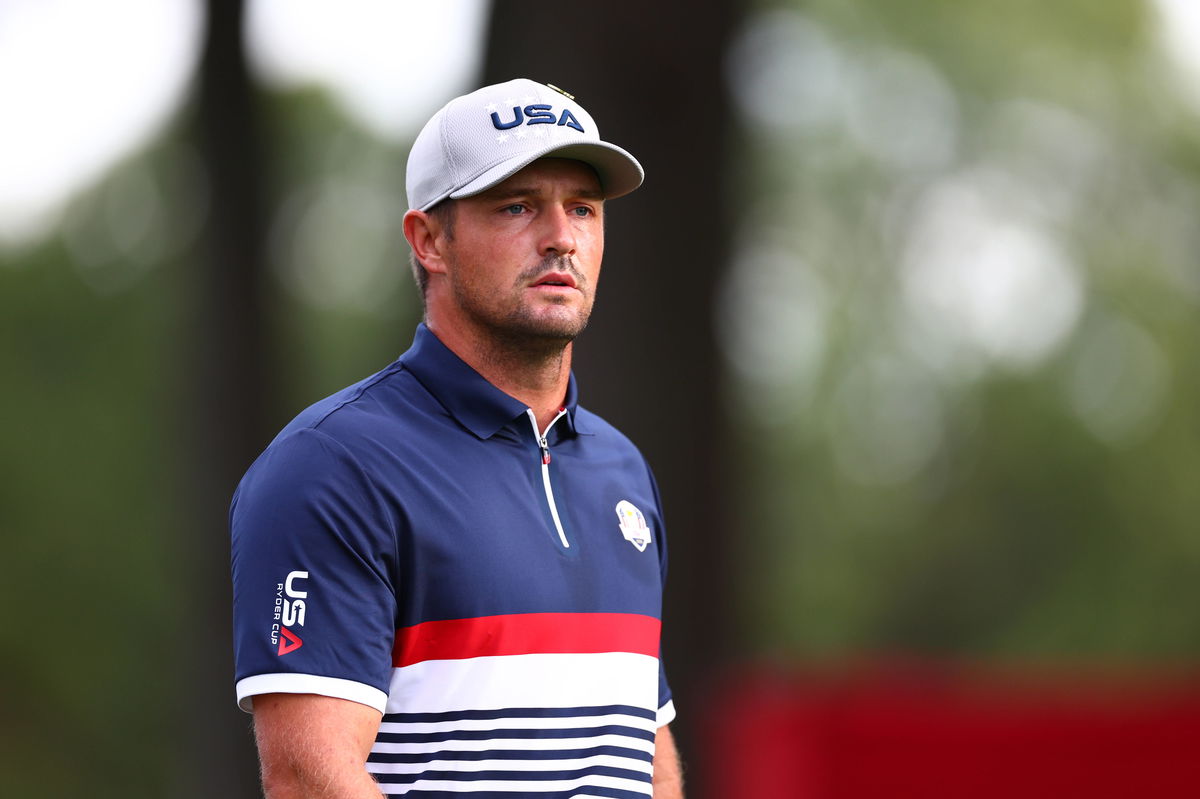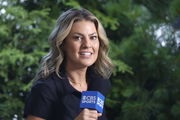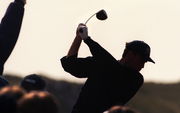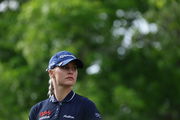
Imago
Bryson DeChambeau of Team USA 2025 Ryder Cup, Day One, Morning Foursomes, Golf, Bethpage Black Golf Course, New York, USA – 26 Sep 2025New York Bethpage Black Golf Course New York NY United States of America EDITORIAL USE ONLY No use with unauthorised audio, video, data, fixture lists, club/league logos or live services. Online in-match use limited to 120 images, no video emulation. No use in betting, games or single club/league/player publications. PUBLICATIONxINxGERxSUIxAUTxHUNxGRExMLTxCYPxROUxBULxUAExKSAxCHNxDENxINDxITAxPORxESPxSWExTURxMEXxCOLxVENxPERxECUxBRAxARGxCHIxURUxPARxPANxONLY Copyright: xJamesxMarsh/Shutterstockx 15500199bb

Imago
Bryson DeChambeau of Team USA 2025 Ryder Cup, Day One, Morning Foursomes, Golf, Bethpage Black Golf Course, New York, USA – 26 Sep 2025New York Bethpage Black Golf Course New York NY United States of America EDITORIAL USE ONLY No use with unauthorised audio, video, data, fixture lists, club/league logos or live services. Online in-match use limited to 120 images, no video emulation. No use in betting, games or single club/league/player publications. PUBLICATIONxINxGERxSUIxAUTxHUNxGRExMLTxCYPxROUxBULxUAExKSAxCHNxDENxINDxITAxPORxESPxSWExTURxMEXxCOLxVENxPERxECUxBRAxARGxCHIxURUxPARxPANxONLY Copyright: xJamesxMarsh/Shutterstockx 15500199bb
Every two years, golf shifts from an individual pursuit to a team battle. The Ryder Cup pits 12 of Europe’s finest against 12 Americans, and few parts of the week match the energy of the fourball sessions.
Watch What’s Trending Now!
So what exactly is fourballs? Often nicknamed “better ball,” the format has two-man teams with each golfer playing their own ball. That means four balls are in play on every hole, but only the lowest score from each side counts. If an American posts a birdie that beats Europe’s best, the hole is theirs. If both sides tie, the hole is halved. Unlike foursomes—where teammates alternate shots—fourballs give players the freedom to fire at pins, knowing their partner might cover them if things go wrong.
This setup is tailor-made for fireworks. Big hitters can take on risky lines, while steady putters keep the scorecard ticking. Fans love it because it almost always produces birdies, momentum swings, and the kind of roars you don’t often hear in stroke play.
ADVERTISEMENT
So, how does it work in the context of the tournament? Well, the Ryder Cup offers 28 total points, and a team needs 14½ to claim the trophy. Eight of those points come from the fourball sessions, which are staged in the afternoons on Friday and Saturday. Each match is worth a single point—halved if tied after 18 holes, since there’s no extra play. By the time Sunday singles roll around, the tone of the Cup is often set by how teams fared in fourballs.
So, Captains build their lineups carefully. The United States uses six automatic qualifiers (this year through the BMW Championship) and six captain’s picks from Keegan Bradley. Europe’s system is similar—six through the Ryder Cup points list, and six more from captain Luke Donald. With no more “playing captains,” the job now is strategy and psychology: finding the pairs that can thrive together.

Reuters
Golf – The 2023 Ryder Cup – Marco Simone Golf & Country Club, Rome, Italy – September 29, 2023 Team Europe’s Rory McIlroy and Tommy Fleetwood celebrate on the 17th green after winning their match during the Foursomes REUTERS/Phil Noble
So, why does the fourballs session matter, you ight wonder? Well, Fourball sessions can literally change the outcome. The afternoon crowds amplify pressure, and pairings must withstand New York’s demanding Bethpage layout. As Rory McIlroy noted while qualifying early, “Winning a Ryder Cup away from home is one of the biggest challenges there is in golf.” For Europe to repeat, stealing points in fourballs will be crucial. Aggressive, fast-paced, and momentum-rich, fourballs showcase the Ryder Cup’s essence: partnership, strategy, and nerve under fire. Whether the seasoned Europeans hold their edge or America’s newcomers rise, expect the fourball afternoons to shape who lifts the trophy.
ADVERTISEMENT
Now that we know what it is, has it really decided match wins? Ryder Cup fourballs have delivered legendary comebacks and record runs, making these historic duels unforgettable.
ADVERTISEMENT
Top Stories
Bryson DeChambeau Gives Reality Check to Phil Mickelson When Asked to Select His Mount Rushmore for Golf

Amanda Balionis Confirms New Relationship Ending Months of Rumors

After Brooks Koepka, Another Pro Cuts All Ties With LIV Golf & Publicly Backs PGA Tour

Nelly Korda Details Why One LPGA Rule Forced Her to File a Petition

Charley Hull Reflects on Bittersweet LPGA Season as She Pens Lengthy Note: ‘Still Hungry’

Historic Fourball Duels in Ryder Cup History
The duo of Spain’s Seve Ballesteros and José María Olazábal remains the gold standard. From 1987 through 1993, they teamed up 15 times, posting an 11–2–2 record and collecting 12 points, the best partnership mark in Ryder Cup history. Their blend of Seve’s creativity and Olazábal’s consistency gave Europe a reliable spark in every fourball session they played. The duo was famously known as the ‘Spanish Armada.’
For another legendary mention, at Le Golf National, Tommy Fleetwood and Francesco Molinari, aka ‘Moliwood’, delivered a perfect week. They became the first European pair to go 4–0 together at a single Ryder Cup, helping Europe win 17½–10½. Molinari finished 5–0 overall, the first European to sweep all five matches in the modern format. Their fourball victories, highlighted by a marquee win over Tiger Woods and Patrick Reed, showed how a hot partnership can tilt the entire contest.
ADVERTISEMENT
And who can forget Ian Poulter’s ‘Miracle at Medinah’ in 2012? Few individual bursts match Poulter’s Saturday fourball heroics alongside Rory McIlroy. Down late, Poulter reeled off five straight birdies to steal a vital point against the U.S., igniting Europe’s comeback that became the Miracle at Medinah. That five-birdie burst is replayed endlessly because it encapsulated fourball drama: one partner gets red-hot and drags a match, and a team back into contention.
Because only one score per hole counts, captains can pair a big hitter who chases birdies with a steadier partner who secures pars. The format allows bold risk-taking and delivers momentum swings that singles or alternate-shot play rarely match. Eight of the Ryder Cup’s 28 total points come from fourballs, and history shows these afternoon matches often decide the Cup.
ADVERTISEMENT
ADVERTISEMENT
ADVERTISEMENT

